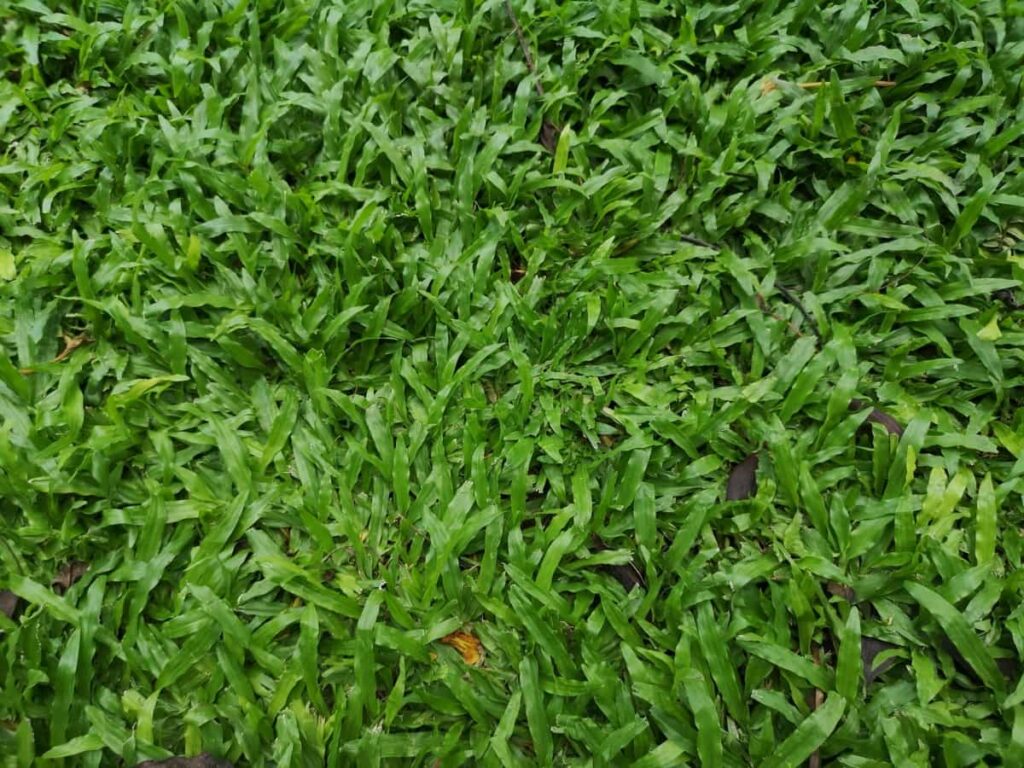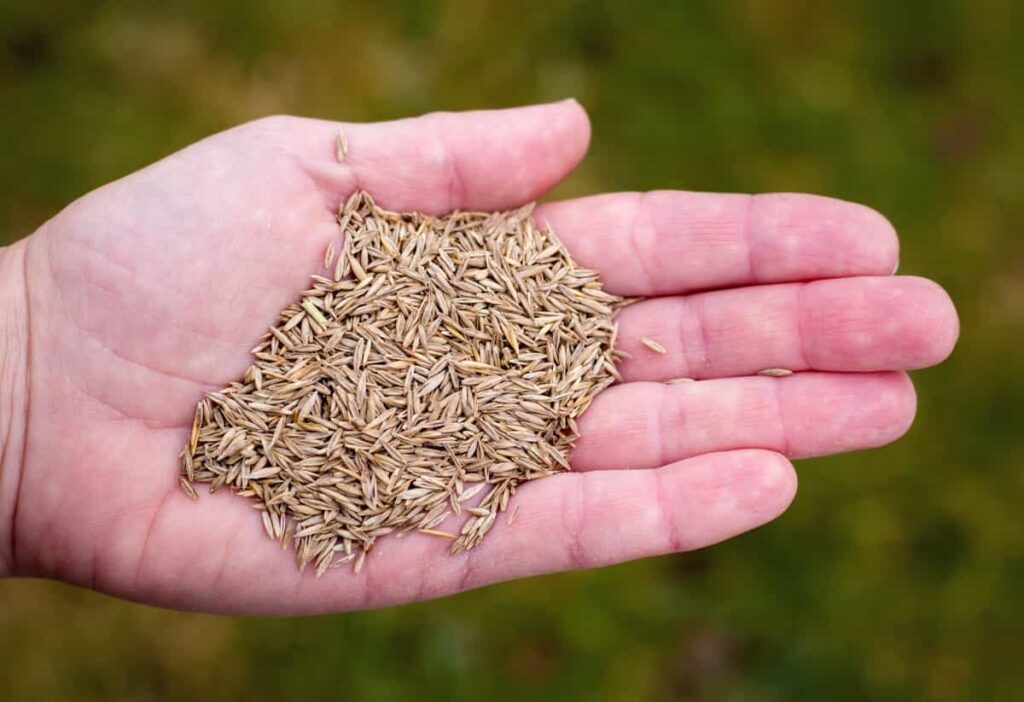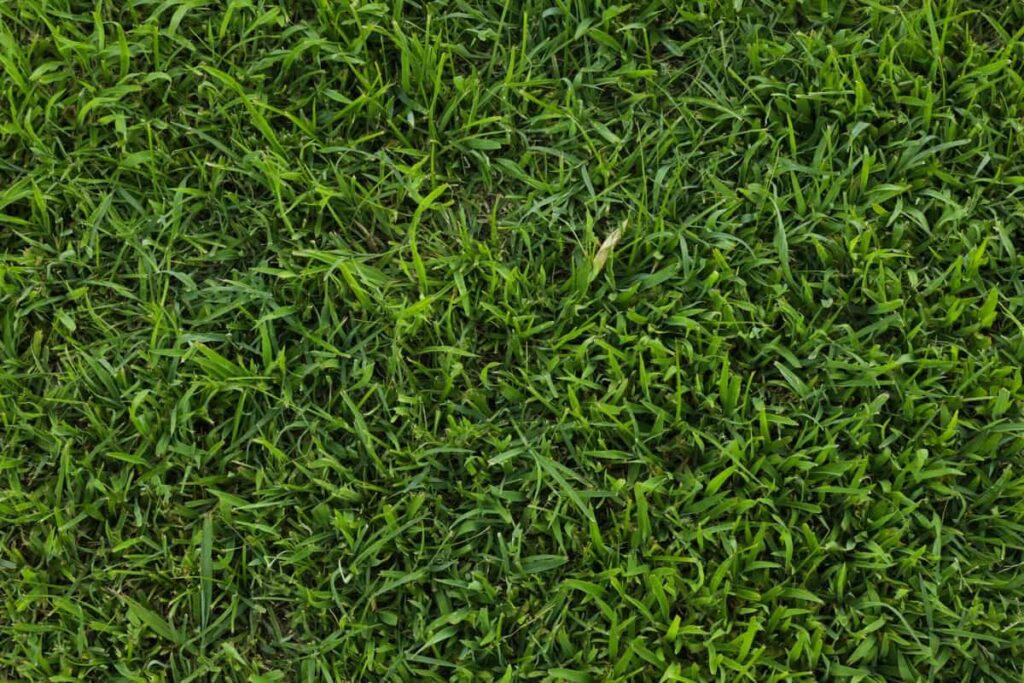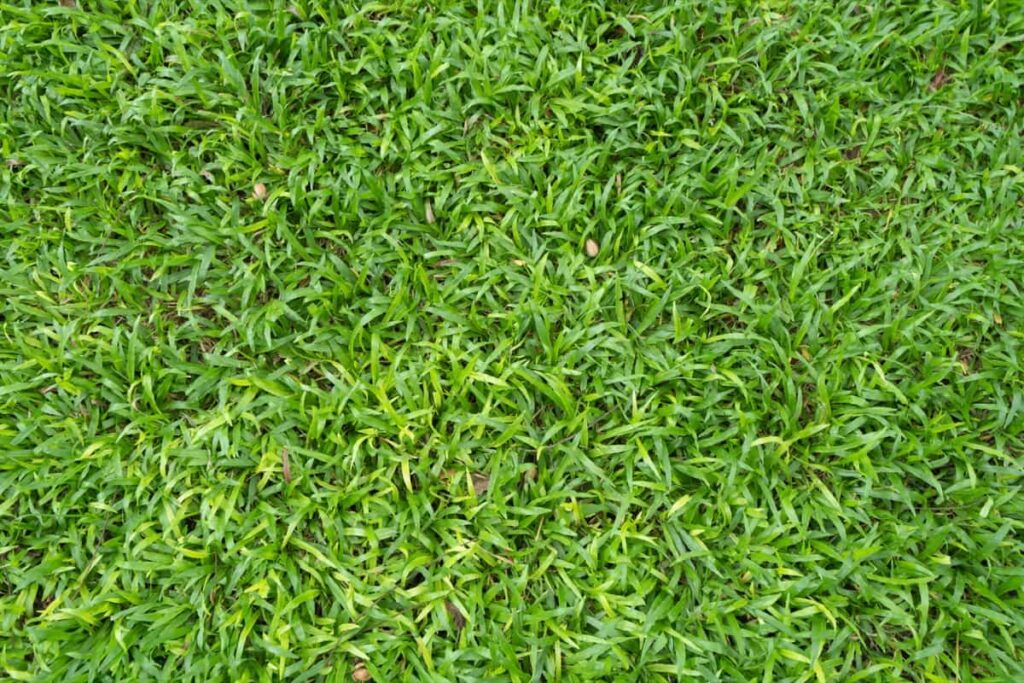Native to East Africa, Kikuyu grass is renowned for its rapid growth, lush greenery, and ability to thrive in various climates. This warm-season grass adapts well to different soil types and is an excellent choice for lawns, sports fields, and erosion control. In this article, we’ll walk you through the step-by-step process of planting Kikuyu grass from seed, providing essential tips for optimal growth and maintenance. Whether you’re a seasoned gardener or a first-time lawn enthusiast, this guide will equip you with the knowledge needed for growing Kikuyu grass lawns.

How to Grow Kikuyu Grass from Seed
Preparing the Soil for Kikuyu Grass Seed
- Remove debris, rocks, and any existing vegetation from the planting area.
- Use a tiller to loosen the soil to at least 4 to 6 inches in depth. This helps create a well-aerated and friable seedbed, facilitating root penetration and nutrient absorption.
- Aim for a moderate acidity level (pH 5.5-7.0) for optimal Kikuyu grass growth. Kikuyu grass tolerates pH levels as low as 4.5.
- Test the soil pH and, if needed, make adjustments by incorporating lime to raise the pH or sulfur to lower it. Maintain the soil within the recommended range to support optimal grass growth.
- Ensure proper drainage to prevent waterlogging, as Kikuyu grass prefers well-drained soils.
- Prior to planting, incorporate a balanced fertilizer into the soil based on the specific requirements of Kikuyu grass.
Choosing the Right Kikuyu Grass Seed Variety
Consider your local climate, as different varieties exhibit varying degrees of heat tolerance. Also, prioritize disease-resistant varieties to fortify your lawn against common pests and infections, minimizing the need for intensive maintenance.
- Whittet Kikuyu: Known for rapid establishment and drought resistance.
- Princess 77: Popular for its fine texture, dark green color, and rapid germination.
- Village Green: A versatile cultivar suitable for various soil types and climates.
- Regal Kikuyu: Notable for its dense, dark green turf and quick recovery from wear.
- Kenblack: Recognized for its disease resistance and ability to thrive in diverse conditions.
- Whiskey Creek: Resilient cultivar with good wear tolerance and low water requirements.
Sowing Kikuyu Grass Seed
Evenly broadcast the seeds over the prepared soil. Ensure a proper seeding rate according to the specific variety, providing adequate coverage for optimal Kikuyu seed germination. Lightly rake the soil surface to incorporate the seeds into the top layer, promoting good seed-to-soil contact. Water the area thoroughly immediately after sowing to initiate the germination process.
Consistently keep the soil moist during the initial stages of growth. Monitor and adjust watering based on weather conditions to prevent the soil from drying out. As the seedlings emerge, gradually reduce watering frequency. Be patient, as Kikuyu grass typically grows rapidly, and within a few weeks, you’ll witness the emergence of a vibrant and lush lawn. The time kikuyu takes to grow from seed is nearly nearly 10-14 days.
Kikuyu Grass Seed Germination
After sowing, the seeds require consistent moisture for successful sprouting. Consistently keep the soil damp during the germination period, typically lasting two to four weeks. Germination is optimal when soil temperatures range between 18-24°C. The emergence of tiny green shoots signifies successful germination. Once seedlings appear, gradually reduce watering frequency while ensuring sufficient moisture for continued growth.
In case you missed it: Best Fertilizer for Bermuda Grass: Best Time to Apply, NPK, Organic, Synthetic, Slow-release, and Quick-release

Watering and Fertilizing Kikuyu Grass
Kikuyu Grass Watering
- Establishment Phase: During the initial establishment phase, keep the soil moist consistently to support seed germination and seedling growth. Water regularly, ensuring the soil doesn’t dry out. Aim for 1-1.5 inches of water per week.
- Established Lawn: Once the Kikuyu grass is established, water deeply but infrequently. Allow the soil to dry out between two successive watering to encourage deep root growth. Water in the morning to reduce the risk of diseases, as the grass blades will have time to dry during the day.
- Adjust the frequency of watering with respect to weather conditions. Increase the watering frequency in hot and dry periods and reduce it during cooler and rainy seasons.
Kikuyu Grass Fertilization
- Organic Options: Seaweed extract, fish emulsion, or organic liquid fertilizers are excellent choices for organic lawn care. These provide a slow release of nutrients and contribute to soil health.
- Synthetic Options: For synthetic fertilizers, choose a balanced granular fertilizer with a ratio of approximately 3:1:2 or 4:1:2. Examples include 15-5-10 or 20-5-10.
Fertilizing Schedule
- Early Spring: Apply fertilizer with a higher nitrogen content to support early-season growth.
- Late Spring/Early Summer: Reapply fertilizer to sustain growth and maintain color.
- Early Fall: Apply a balanced fertilizer to fortify the lawn before winter and encourage strong root development.
Mowing and Maintenance
Proper mowing and maintenance practices are essential for cultivating a healthy and lush Kikuyu grass lawn. When mowing, adhere to the “one-third rule,” which recommends cutting no more than one-third of the grass height in a single mowing session. Set the mower at a height of about 1.5 to 2 inches for Kikuyu grass, adjusting based on seasonal growth and weather conditions.
In addition to mowing, routine maintenance tasks include watering, aerating, and addressing any pest or disease issues promptly. Keep an eye on pests like armyworms and diseases such as brown patches, treating them promptly if detected. Periodically fertilize with a balanced, slow-release fertilizer to provide essential nutrients.
Pest and Disease Control of Kikuyu Grass
For pest and disease control in Kikuyu grass, a combination of chemical and organic solutions proves effective. Synthetic pesticides and fungicides, such as those containing bifenthrin or azoxystrobin, target pests like armyworms and address fungal infections like leaf spots. Organic alternatives include neem oil, known for its insect-repelling properties, and copper-based fungicides for organic disease management.
Beneficial nematodes can also be employed to control soil-dwelling pests. Integrating both chemical and organic options, along with cultural practices like proper watering and aeration, forms an organic approach to managing pests and diseases.
Establishment and Growth Timeline of Kikuyu Grass
After seeding, the initial germination phase occurs within two to four weeks, marked by the emergence of tiny green shoots. During this time, consistent moisture is vital for successful germination. The seedlings then undergo rapid growth, achieving a visible height suitable for the first mowing within four to eight weeks. As the Kikuyu grass establishes itself, it forms a dense and lush turf, reaching maturity in about three to six months.
In case you missed it: How to Grow Violette De Bordeaux Fig: Step-By-Step Guide to Planting to Harvest

Integrating Kikuyu Grass with Other Landscape Elements
Consider blending Kikuyu grass with native plants, shrubs, or ornamental trees to create a harmonious and diverse environment. The vibrant green color and dense texture of Kikuyu grass provide an excellent backdrop that complements the varied forms and colors of the surrounding vegetation. Additionally, incorporating hardscape elements, such as pathways, garden borders, or seating areas, into the Kikuyu lawn design adds structure and visual interest. These elements not only enhance accessibility but also create a balanced and well-designed landscape.
Making Kikuyu Grass Grow Faster
Ensure proper maintenance by mowing it regularly to stimulate horizontal spread. Provide adequate water, aiming for 1-1.5 inches per week, and apply a balanced fertilizer during the growing season. Ensure good soil aeration by aerating the lawn annually. Sunlight is crucial, so trim surrounding trees or obstacles that may limit sunlight exposure. Lastly, avoid excessive foot traffic during the initial growth stages to allow the grass to establish robust roots.
In case you missed it: 10 Best Automatic Drip Irrigation Kits for Home Gardens with Cost in India

Conclusion
In conclusion, growing Kikuyu grass from seed offers a rewarding journey toward a lush and resilient lawn. By following proper planting techniques, understanding soil requirements, and implementing effective care practices, you can foster vibrant Kikuyu grass. This guide equips you with the knowledge to create a thriving Kikuyu lawn that adds beauty and vitality to your outdoor space.
Note: The images presented in this post are intended solely for representation purposes. The images are meant to serve as visual aids and should not be relied upon as accurate representations of their real-life counterparts.
- Broccoli Varieties: Choosing the Right Cultivars for Your Farm
- How to Raise Pigs in Your Own Backyard: A Comprehensive Guide
- Budget Friendly Sheep Shed Ideas: Cheap and Low-Cost Tips
- How Much Do Cattle Farmers Make: Revenue Streams in Cattle Farming
- Management Pests and Diseases in Your Cotton Field
- Sheep Farming Business Plan for Beginners
- Aquaponic Farming at Home: A Step-By-Step Guide
- Profitable Village Farming Business Ideas in 2024
- High-Yield Aquaculture: Fast-Growing Fish for Farming
